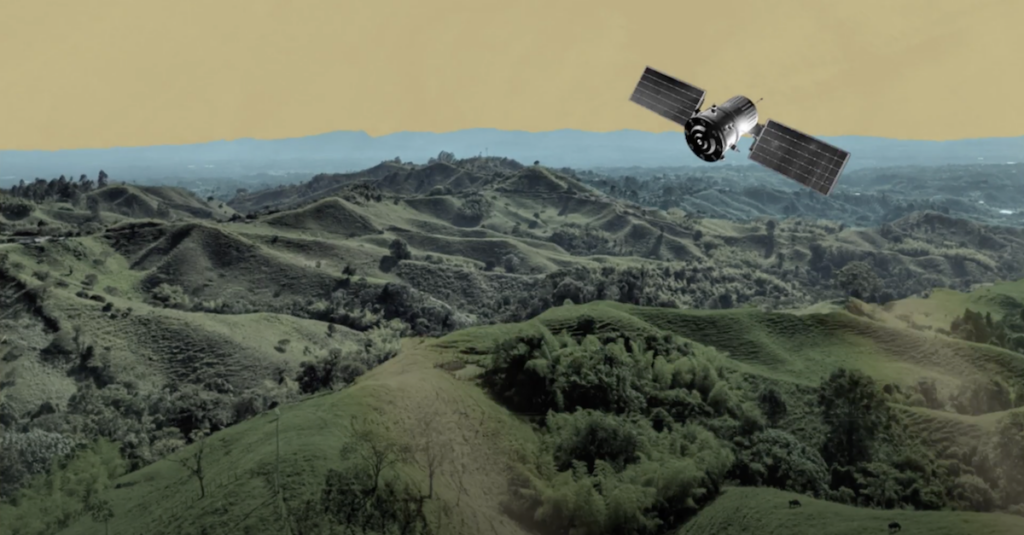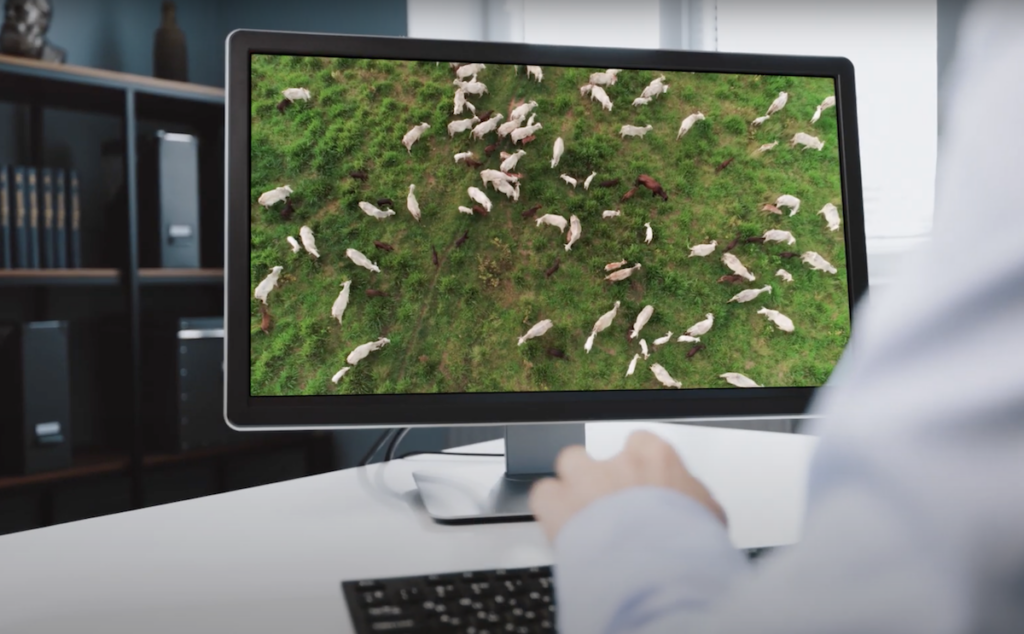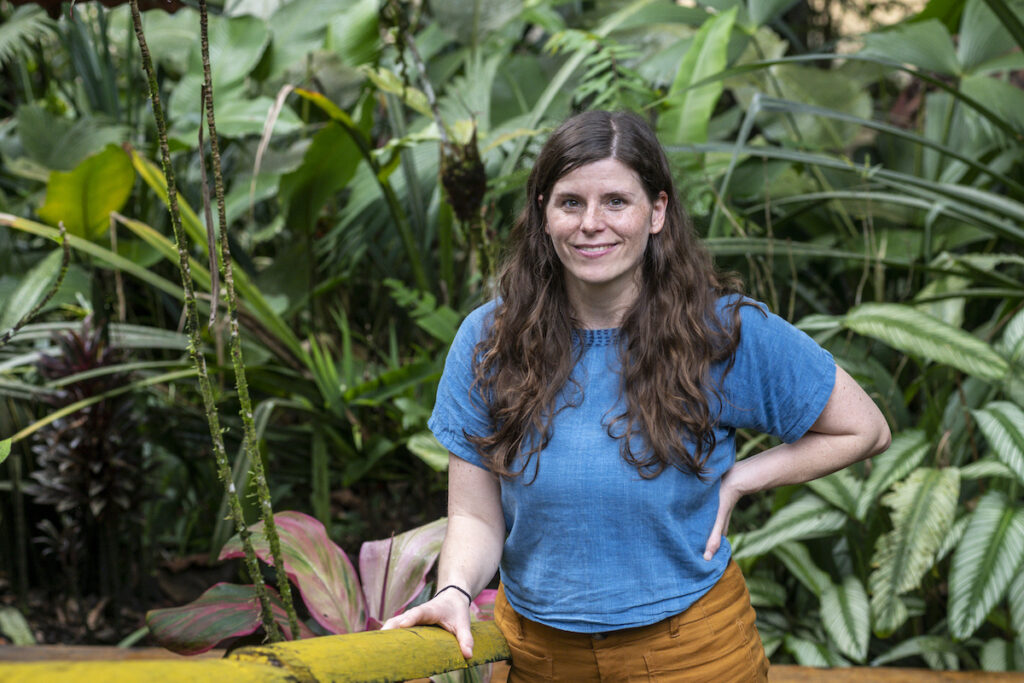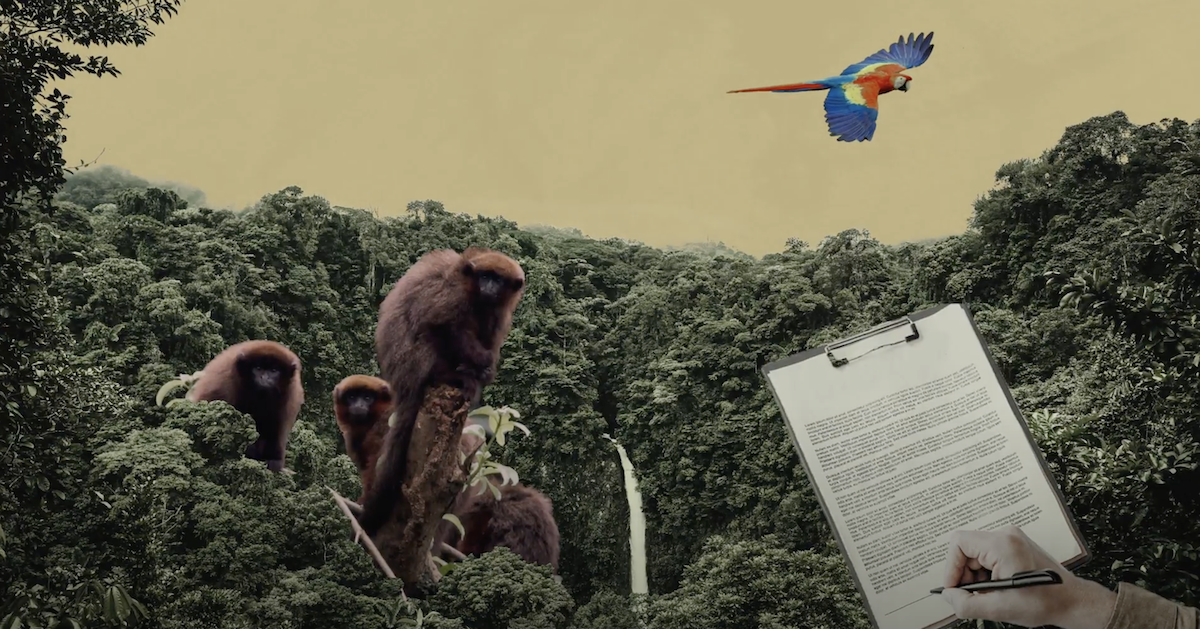A recent study found that 27 percent of global forest loss can be attributed to commodity production, and five million hectares of deforestation per year comes from commodity supply chains. While many commodities have been linked to deforestation, beef, soy, palm oil, and timber are the largest drivers of commodity-driven tropical deforestation, globally.
Deforestation has many adverse effects, including increased carbon dioxide in the atmosphere, biodiversity loss, soil erosion and degradation, and reduced livelihood opportunities for communities in the vicinity of forests. Solving an issue as complex as deforestation requires a symphony of governments, private sector companies, civil society organizations, and communities working in harmony to create solutions.
Private sector’s role in combating tropical deforestation
Private sector engagement to reduce deforestation within corporate supply chains is a key focal point for reducing deforestation, globally. As consumer demand and pressure from investors and governments for deforestation-free sourcing has increased, companies have acknowledged an obligation to responsibly source commodities. Corporate zero-deforestation agreements (ZDAs) have emerged as an important tool.
Companies are incentivized to address deforestation within their supply chains for several reasons.
- First, deforestation can contribute to increased business risks, including supply chain disruptions, reputational damage, or legal liabilities.
- Second, companies are under increasing regulatory pressure to address deforestation. More governments are issuing mandatory due diligence requirements, moratoriums on forest clearance, or bans on illegal timber.
Earlier this year, the European Union (EU) Regulation to curb EU-driven deforestation and forest degradation was formally adopted. The United States has proposed similar legislation, although it has not yet been approved.
In addition to individual corporate agreements, a number of sector-specific deforestation agreements have emerged. The Brazilian Soy Moratorium (SoyM) was an agreement among commodity traders to avoid purchasing soy grown on deforested land, and it was the first voluntary zero-deforestation agreement in the tropics.
Brazil’s Cattle Agreements (CAs) are another example of sector-specific agreements that address deforestation. The CAs require beef processors to prove that they are not purchasing cattle from farms linked to deforestation. While the CAs have been adopted by nearly 75 percent of major slaughterhouses in Brazil, there have been challenges related to enforcing and monitoring these agreements.

What are deforestation monitoring and traceability?
As of 2022, over 500 companies have adopted ZDAs. However, despite the growing number of agreements, there are often barriers that hinder companies’ abilities to turn these agreements into action. As a result, rates of tropical deforestation have remained high.
One of the biggest challenges is limited visibility within corporate supply chains, which are often complex and involve a range of intermediaries between the farm and the final product. Addressing information gaps and strengthening monitoring and traceability are key to reducing commodity-driven deforestation and facilitating compliance with forthcoming regulations (e.g. EU Regulation). But what are monitoring and traceability?
Traceability
Traceability refers to the ability to track the origin of products through the supply chain to their source. In the context of deforestation, traceability may involve tracking the origin of products such as cattle, palm oil, or soy, to ensure that they come from sustainable and legal sources. A 2021 report by CDP found that while most companies had some traceability system, there were often significant information gaps, making it difficult to track where their commodities originated.
Just 23 percent of the 157 reporting companies assessed by CDP could trace more than 90 percent of the volumes of their products back to the municipality level for at least one commodity. Additionally, 38 percent of companies assessed reported having no information about the origins of at least half of their commodity volumes.
Monitoring
Monitoring refers to the process of collecting and analyzing data on changes in forest cover and other environmental indicators, such as carbon stocks and biodiversity, over time. Monitoring deforestation often involves using satellite imagery to identify areas where trees have been cut down and analyzing this data to identify trends and patterns in deforestation rates. Forests can be further evaluated according to their carbon stocks and, consequently, their likely emissions if they are removed.
Accurate monitoring of forests according to their biodiversity value is a more difficult task. Every species has a range that it occupies, but collecting sufficient observational data to precisely map those ranges has yet to occur, even for the most threatened species. In this case, researchers rely on approximate ranges based on various geophysical characteristics that can identify forests in locations that are likely to serve as habitat for different species.
Effective monitoring tools are essential for governments, corporations, and other actors within supply chains to help them make more informed decisions about deforestation, biodiversity conservation and sustainable sourcing.
A Real World Example: Traceability & monitoring in the Amazon
The challenges with deforestation and biodiversity loss is particularly acute in the Amazon River Basin, which contains half of the world’s remaining tropical forests. Forest loss in the Amazon is primarily driven by agricultural expansion for cattle ranching. The production of soy and oil palm are other major contributors.
Since 2022, Solidaridad has sought to reduce commodity-driven deforestation and improve biodiversity conservation in the Amazon through Amazonia Connect, a partnership between the U.S. Agency for International Development, Earth Innovation Institute, the National Wildlife Federation, and the University of Wisconsin, Madison (UW). Over five years, Amazonia Connect aims to work with domestic and international companies to monitor over eight million hectares of forest.
The program will engage companies to promote the adoption of digital tools in their supply chains and support them in using these tools to inform decisions around deforestation-free sourcing and biodiversity conservation.

Taking a deep dive into supply chains
Beef products follow a long, winding road from deforested pastures to grocery store shelves. Regulations have been introduced to monitor supply chains in Brazil, but they focus primarily on ranches that sell direct to slaughterhouses. This neglects the fact that cattle are often moved among several different ranches prior to slaughter. Expanding monitoring, by even just one degree, beyond the farms that sell cattle for slaughter, will help make good on Brazil’s commitment to eliminating illegal deforestation.
Holly Gibbs, a researcher at UW, was recently quoted in a Vox article, stating, “Meatpackers are currently missing about 60 percent of the deforestation within their supply chains by not considering indirect suppliers.”
Visipec, the first traceability tool for indirect cattle suppliers in Brazil, is one of the tools being adapted and scaled up through Amazonia Connect. Visipec compiles publicly available datasets from multiple sources into one seamless add-on tool that companies can integrate into their existing monitoring systems to enhance supply chain visibility. This allows them to better detect when a producer linked to deforestation ‘contaminates’ their supply chains.
Visiprast is another tool that UW-Madison, along with the National Wildlife Federation and its implementing-partner, Fundación Proyección Ecosocial, have been piloting to monitor Colombia’s National Zero Deforestation agreements related to dairy and beef. Under Amazonia Connect, the tool will be continuously updated with the latest datasets in Colombia, and promoted to companies working within cattle supply chains. In addition, Amazonia Connect will support the application of Visiprast for deforestation monitoring in palm oil companies´ supply chains in Peru.
Biodiversity datasets will be a new element for both tools that will be integrated for all three countries. Companies will receive new and tailored insights to adequately screen, manage, and monitor biodiversity risks. For biodiversity data, the UW team is exploring multiple sources and metrics to identify those most relevant to companies since there are various ways to describe the biodiversity value of forests at a property level.
Companies have been thinking about how to monitor forests and other environmental variables, like water quality, in their supply chains, for a long time. But they’re generally not monitoring biodiversity, in part because it is hard to get that data.
Clare Sullivan, researcher and Ph.D. Candidate in Geography at the University of Wisconsin-Madison
So one of the things that we want to do is produce simple indicators of biodiversity value that are reliable and easy for company decision makers to use. This means parsing through existing data to make it better, working with global data sets, and partnering with scientists to expand our knowledge.

Private sector engagement to reduce deforestation within corporate supply chains is an important component of reducing deforestation globally. Nevertheless, information gaps often hinder the ability of processors, traders, and buyers to turn their agreements into action. Digital tools such as Visipec and Visiprast can help companies better understand their supply chains and take action to reduce deforestation and biodiversity loss.
Ultimately, Amazonia Connect aims to scale these monitoring and traceability tools to new commodities and countries enlisting the private sector in efforts to increase sustainable commodity production, improve biodiversity conservation, and reduce greenhouse gas emissions across key Amazon jurisdictions.
This article was made possible thanks to the generous support of the people of the United States of America through the United States Agency for International Development (USAID). The contents of this article are the responsibility of the authors and do not necessarily reflect the views or positions of the U.S. Agency for International Development or the U.S. Government.

